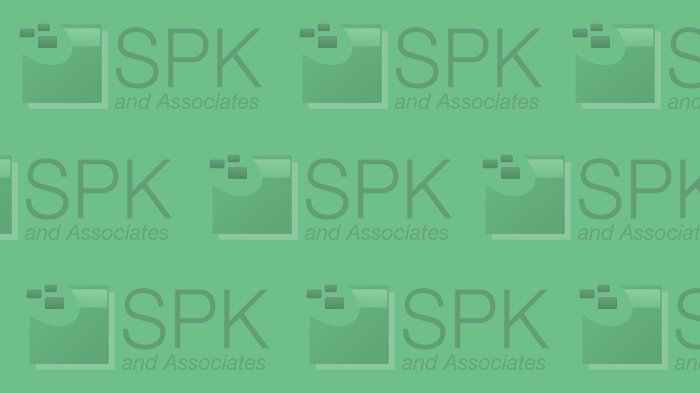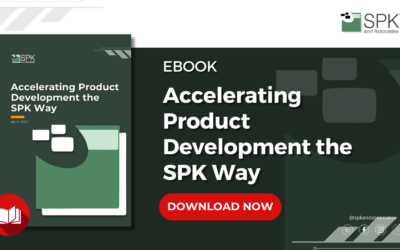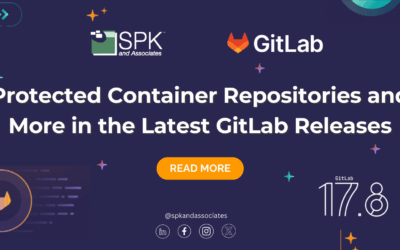Continuing our series on why economizing in the wrong areas can leave your business at risk, it is time to start considering single points of failure. A single point of failure is a part of your IT and development system, be it human, software, hardware or administration, that if it fails, for whatever reason, leaves the rest of your system crippled, which in turn damages your business. Before you continue reading how to deal with hardware failure, it might be a good idea to have an IT assessment performed on your infrastructure.
 In terms of hardware, there are lots of different pieces of equipment which can become a single point of failure. The most obvious is “the server.” Whether an email server, a file server, a source code repository or a license server, any shared server is a single point of failure.
In terms of hardware, there are lots of different pieces of equipment which can become a single point of failure. The most obvious is “the server.” Whether an email server, a file server, a source code repository or a license server, any shared server is a single point of failure.
If the server goes down employees stand up in their cubicles or at their desk like meerkats bobbing up and down to see what has happened. Where is their work? When was the last time they saved it? When will the system be back? Soon people start drifting to the coffee machines or head out for an early lunch. Business has been shutdown.
When an individual’s hardware fails, it’s inconvenient, but in general work can continue. When a shared resource fails, however, everyone is affected. Servers aren’t the only single point of failure. The underlying network including the various switches and routers is key to keeping your business running. Plus there is your Internet connection, if that was lost, what would be the effect? Then there are items like network attach storage and hardware in the development lab.
- As much hardware redundancy as can be afforded should be used. This includes servers with dual power supplies, RAID hard disk system, clusters, failover servers etc.
- Provide an effective response to the failure.
When the hardware fails, it’s the response to that failure which will decide the fate of your company. Who will fix it? What if the key member of the IT support staff is sick? Where will the spare parts come from? Is the IT support staff on 24×7 call? Who understands the system and how it all fits together?
Relying on an ad-hoc, hope-it-works kind of strategy will eventually kill your company, you might be lucky, things will run smoothly for years, but then suddenly at the least expected moment disaster could strike.
Using a professional IT outsourcing company to handle your IT infrastructure brings with it guarantees, expertise and safety. The best can help with everything from machine room planning to daily maintenance, from disaster planning to contingency plans, from failover configurations to disaster responses.
When the product in which you have invested large sums of money can’t launch because of hardware failure, your business and your reputation are at stake.
Next Steps:
- Contact SPK and Associates to see how we can help your organization with our ALM, PLM, and Engineering Tools Support services.
- Read our White Papers & Case Studies for examples of how SPK leverages technology to advance engineering and business for our clients.






